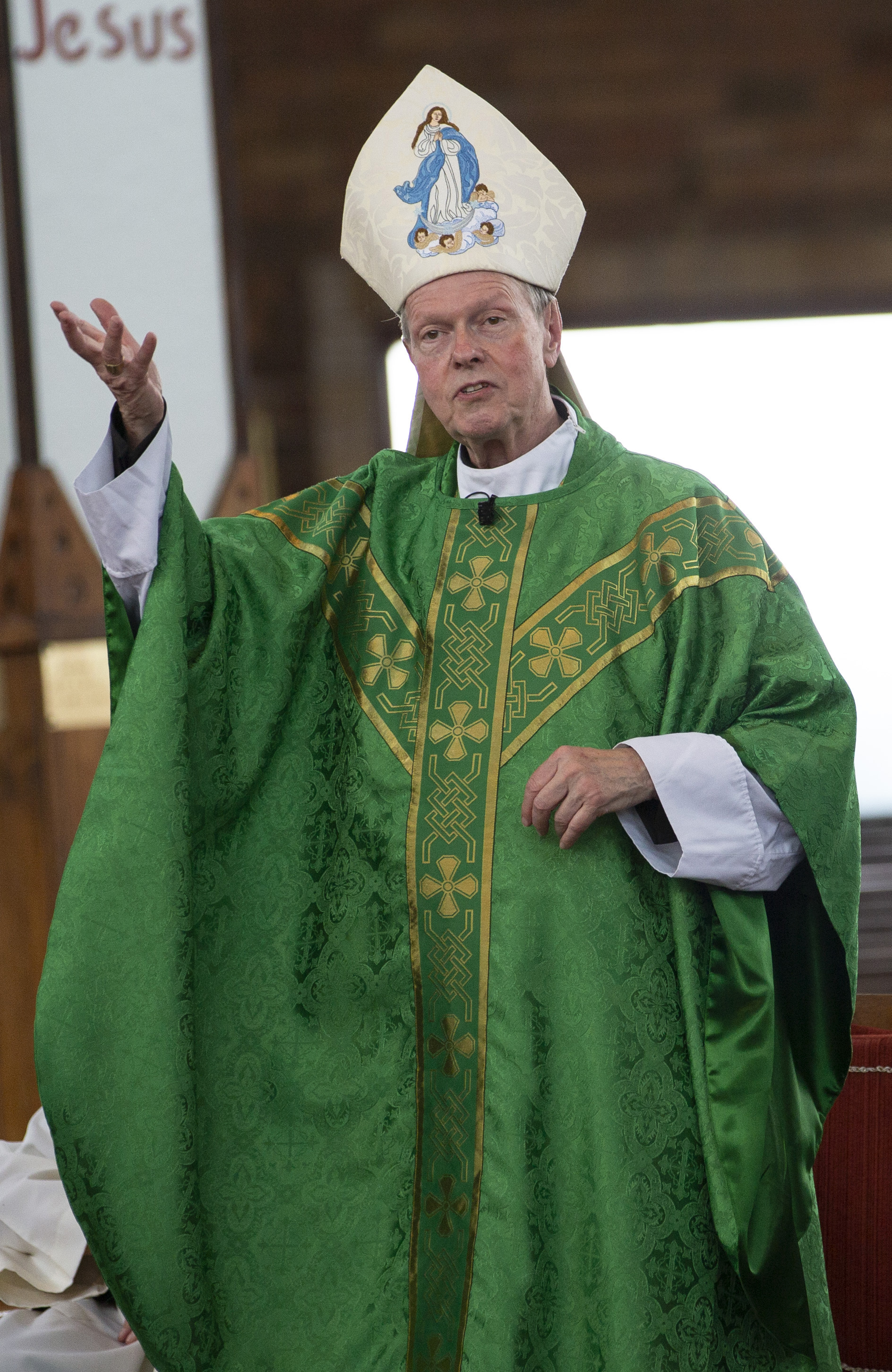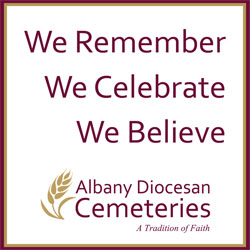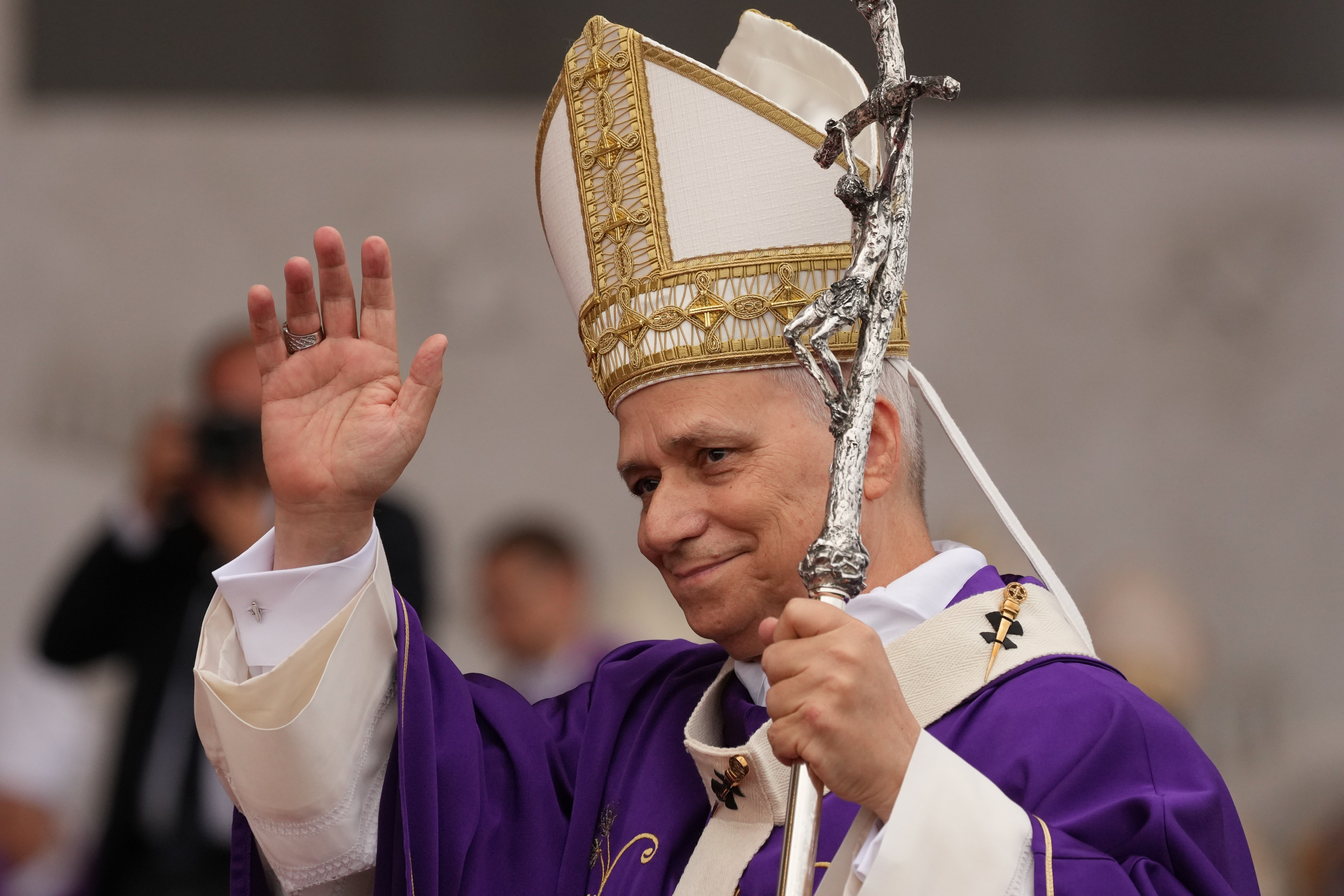November 16, 2020 at 4:38 p.m.
When some people talk about the sexual abuse crisis in the Catholic Church, you often hear phrases like, “Why do we have to talk about that?” or “When can we move past that?”
The McCarrick Report, finally released by the Vatican last week, highlights the need to continue to talk about what happened in the past, fully support all victims and their families, and bring about full transparency while spotlighting the concrete changes the Church and the Diocese of Albany have made in the last two decades.
The report is stunning in scope — 460 pages with 90 people interviewed, some for over 30 hours. It paints a picture of a priest, bishop and finally cardinal, who became the face of the United States Church, who was ambitious — some would say to his detriment — an adept fund-raiser and who appeared to be pastoral in every sense of the word.
McCarrick was also a rampant sexual abuser, who allegedly assaulted young men (his “nephews”) and seminarians for decades, while fellow clerics turned a blind eye to what was going on. The term “blind ignorance” and “real clericalism” are used in the report, as fellow bishops in New Jersey were unwilling to report on McCarrick’s abuse, or, even worse, were complicit in it. The report states “three of the four American bishops (in New Jersey) provided inaccurate and incomplete information to the Holy See regarding McCarrick's sexual conduct with young adults."
McCarrick cultivated a friendship with St. John Paul II from before he was pope and lobbied on his own behalf as accusations started to come forward in the late 1990s. John Paul believed him and personally named him archbishop of Washington, D.C. The report states his friendship, as well as the pope’s history in communist Poland, led him to believe McCarrick over anyone else.
It is a difficult and disturbing accounting but one that all Catholics should take the time to read and attempt to process. Because this type of abuse and “blind ignorance” was going on in diocese upon diocese all over the United States for decades. It has led to nearly 30 bankruptcies across the country with Syracuse, Buffalo, Rockville Centre and Rochester filing for Chapter 11 reorganization in New York State under the crush of lawsuits filed under the Child Victims Act. The “blind ignorance” has also destroyed the lives of thousands of people who were abused and their families; and no amount of money will ever make that situation whole.
The continued fallout from the sex abuse crisis remains the No. 1 issue the Church faces. An untold number of Catholics have left the Church, gone to other denominations and may never come back. Growing the Church, bringing back the Catholics who left, and reaching out to those who crave a relationship with Jesus and the faith while navigating possible financial ruin is a daunting task.
But just as important as it is to have a reckoning with the past, it is as important to recognize the steps that the Church and the Diocese of Albany have taken in the last 20 years toward full transparency.
Most notably in June of 2002, the United States Conference of Bishops enacted the Charter for the Protection of Children and Young People to address clergy abuse of minors. The charter was tasked with (according to the USCCB): “Creating a safe environment for children and young people; healing and reconciliation of victims and survivors; making prompt and effective response to allegations; cooperating with civil authorities; disciplining offenders; providing for means of accountability for the future to ensure the problem continues to be effectively dealt with through the Secretariat of Child and Youth Protection and the National Review Board.” The bishops created a “zero tolerance” policy for priests accused of abusing minors.
And just last year, Pope Francis released "Vos Estis Lux Mundi" ("You are the light of the world") which established mechanisms to report sexual misconduct by bishops or religious superiors. And, just as important, it removed the the obligation of secrecy for a person alleging sexual abuse by clergy.
In the Diocese of Albany, Bishop Edward B. Scharfenberger has been a forceful voice locally and nationally in bringing full transparency to the crisis. The Bishop published a list offenders five years ago, called for an independent lay-led investigation of McCarrick, revamped the independent Diocesan Review Board, and established a predominantly lay task force on sexual abuse in 2019. Under the Safe Environment program, nearly 40,000 background checks have been performed in the Diocese on staff and volunteers. And since 2002, nearly 38,000 individuals have completed Virtus (safe environment training) at least once.
Even with the safeguards put in place, we must all remain diligent so that a McCarrick-type situation never happens again. But more importantly, it can’t happen again.
And that is why we as a Diocese and as a Church must continue to take every case of abuse seriously, name the names, even if the abuse happened decades ago, and walk with survivors. Because the story in the headlines might be about McCarrick, but the real story is about the lives he destroyed.
- Pope Leo XIV Angelus address on the feast of the Holy Family
- Pope Leo spends 2025 steadily navigating church, global waters
- Delaware law enforcement, governor, community mourn loss of trooper in fatal shooting
- From Chicago to Peru to Rome, Pope Leo remains ‘one of us,’ say US Catholics
- At home with Jesus
- Priest gets kidney from principal — and love, support, prayers from parishes, students
- Redemptorist priest’s explosive dispatches revealed Vatican II’s hidden conflicts
- Nigerian Catholic Church leaders give mixed reaction to US airstrikes
- US strikes Nigeria targeting Islamic extremists to ‘stop the slaughtering of Christians,’ says Trump
- 2025 brought new pope, new president, and immigration as key issue








Comments:
You must login to comment.